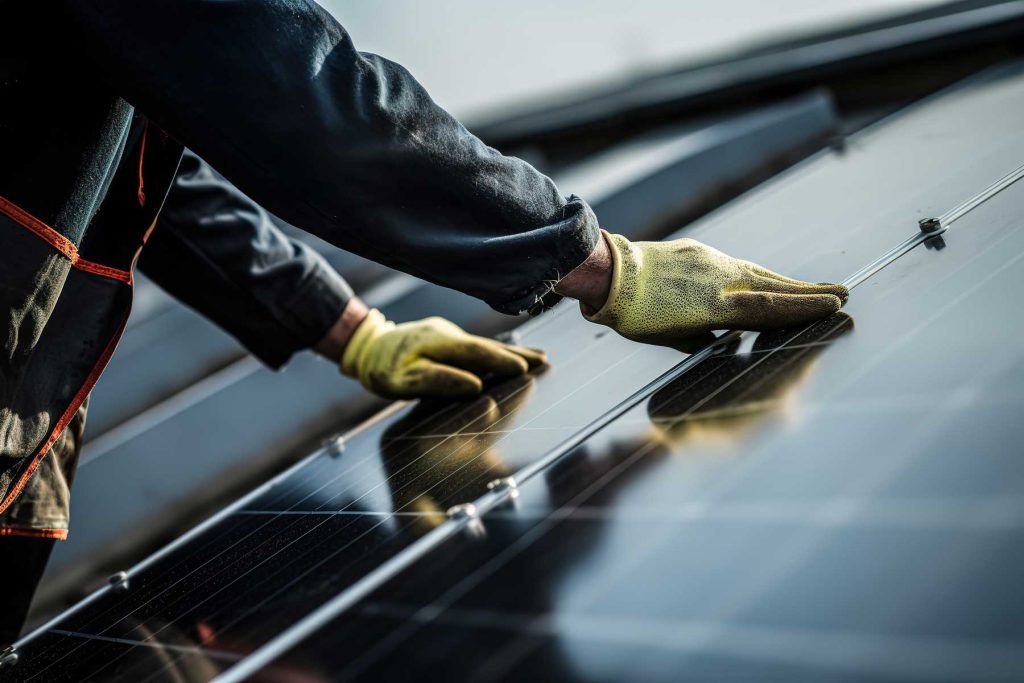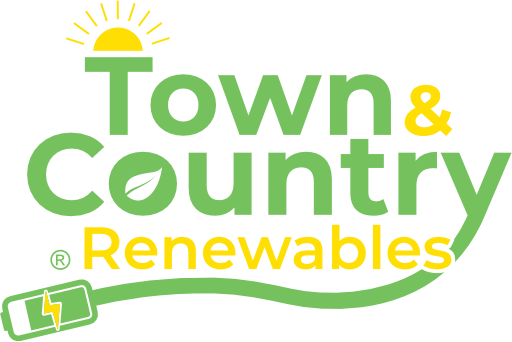
When selecting solar technology for your home, it’s critical to comprehend the differences between string inverters and microinverters. Each offers distinct advantages suited to various requirements and contexts. Here’s an overview of their benefits:
String Inverters
- Cost-Efficiency: Generally, string inverters are more economical than microinverters, presenting a cost-effective solution when budgeting is paramount.
- Design Simplicity: This system’s straightforward configuration connects all panels in series to a singular inverter, facilitating both installation and ongoing maintenance.
- Peak Efficiency in Optimal Conditions: In environments with negligible shading and consistent panel orientation, string inverters demonstrate exceptional efficiency.
- Simpler Expansion: Enhancing your solar array is often more seamless with a string inverter system.
- Centralised Monitoring and Upkeep: Monitoring and maintenance are more straightforward with a system connected to one inverter.
Microinverters
- Adaptability in Diverse Installations: Excelling in scenarios where panels are either partially shaded or oriented differently, as each panel operates autonomously, ensuring individual issues do not impact the entire system.
- Enhanced Panel Efficiency: By optimising the performance of each panel, overall system efficiency can be significantly improved, particularly in suboptimal conditions.
- Longer Guarantees: Microinverters typically come with more extensive warranties, offering reassurance and potentially reduced costs over time.
- Increased Safety: The conversion from DC to AC at the panel site reduces the potential for high DC voltage hazards, such as fire risks.
- In-Depth Monitoring: Facilitates granular monitoring of each panel, simplifying issue detection and system optimisation.
Deciding Between String and Microinverters
Your choice will be influenced by various factors:
- Budget: If cost is a major concern, string inverters may be more appealing.
- Roof Characteristics: For intricate roof designs with varied orientations or shading problems, microinverters could offer a superior solution.
- System Scale: For more modest systems, the higher expenditure on microinverters might be justified by their additional benefits.
- Prospective Expansion: String inverters could provide greater flexibility if you’re considering enlarging your system.
- Preference for Maintenance and Monitoring: Your desire for detailed system management should also steer your decision.
Ultimately, the most suitable option is dependent on your individual circumstances and goals. It’s prudent to seek advice from a solar energy expert to acquire customised guidance tailored to your specific setup.
Posted in Renewable Energy Information
